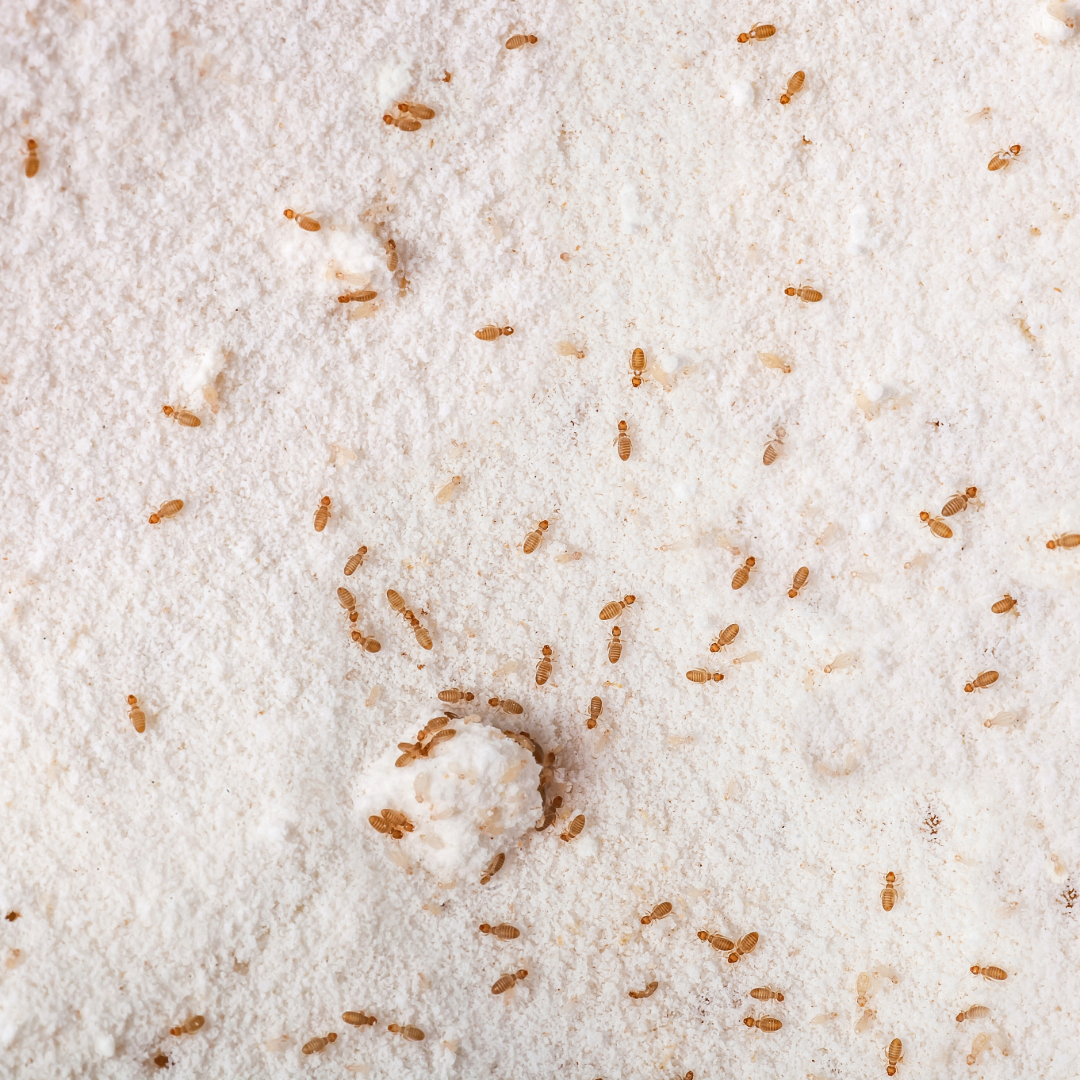Booklice
Booklice can be a nuisance that not only infests private homes but also commercial properties in the UK.
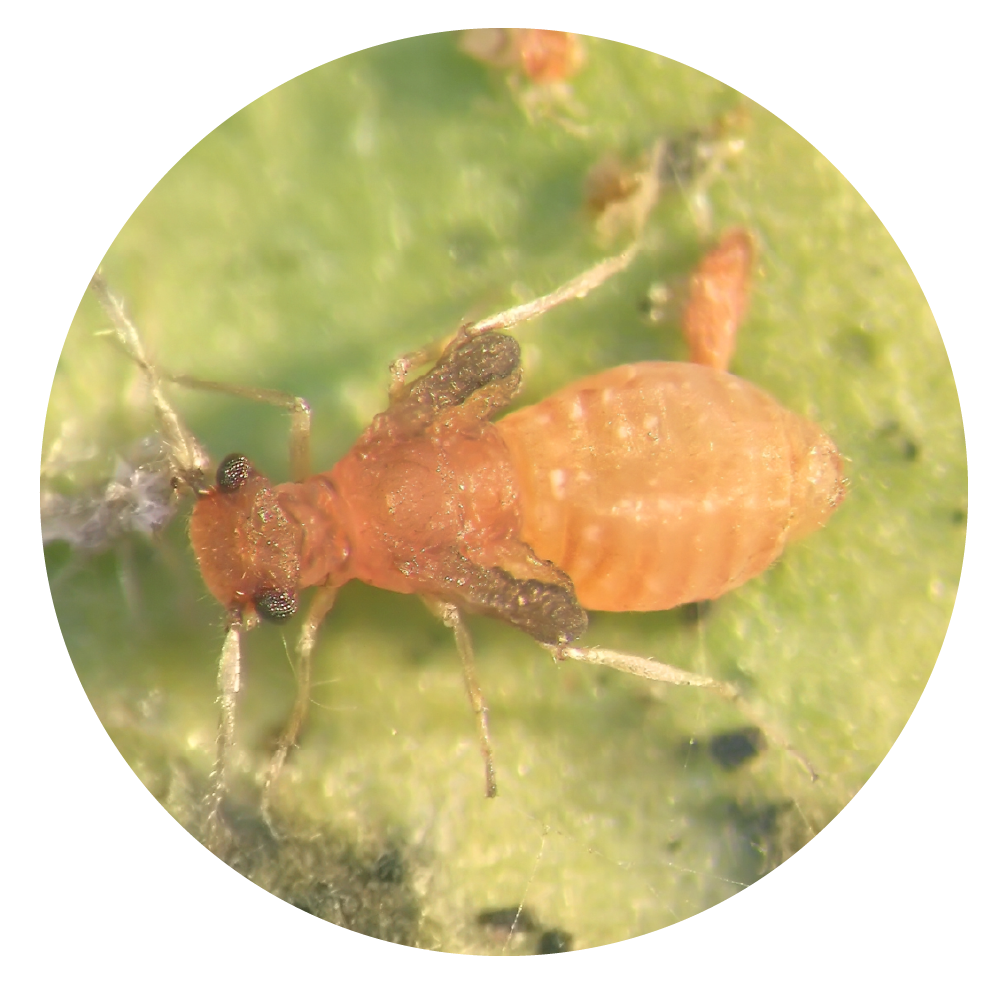
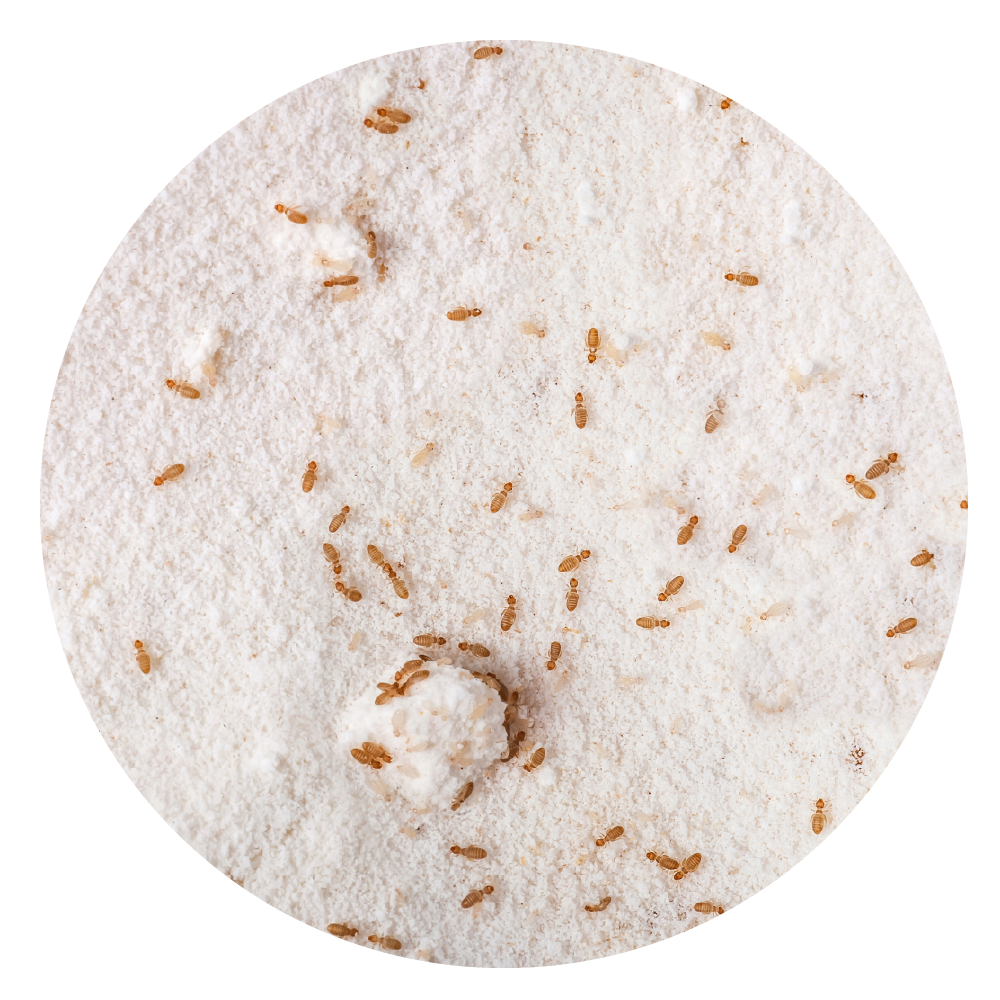
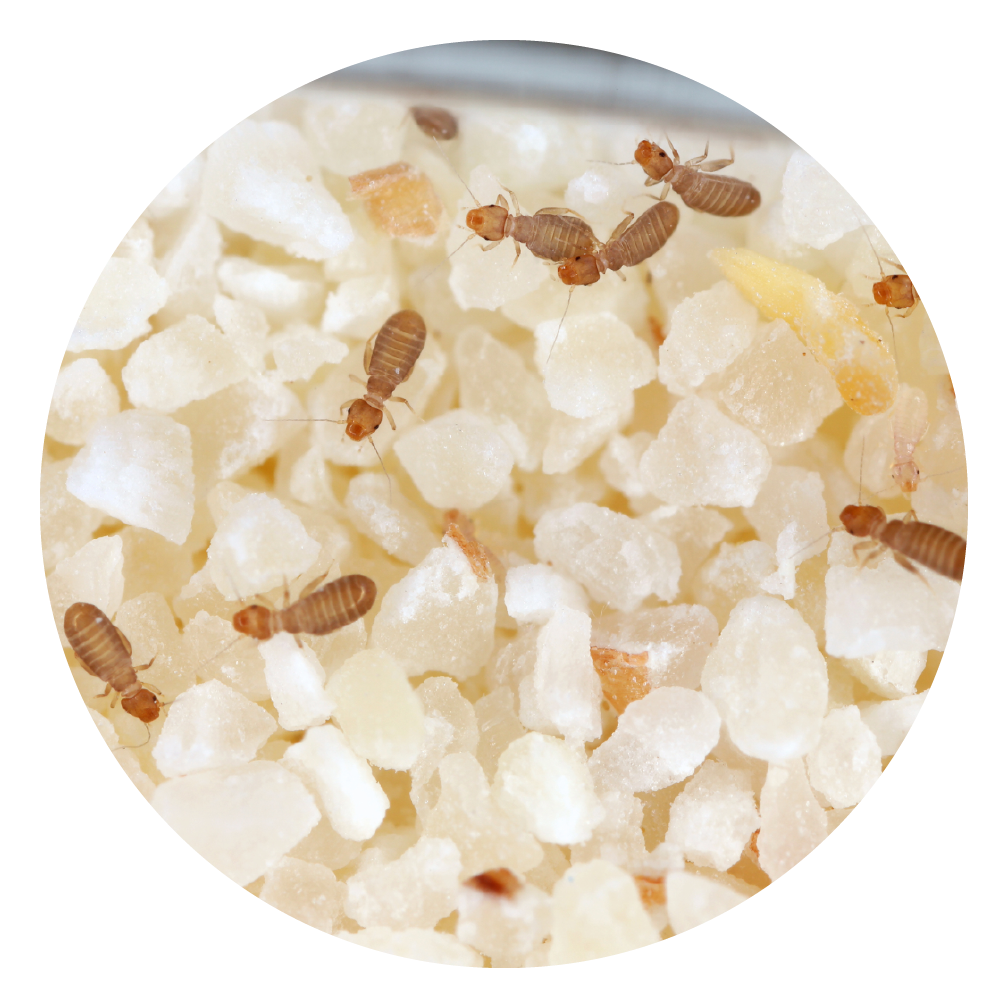
Damaging!
They inflict harm on both non-living items and edibles; if not addressed, they have the potential to create considerable disturbances. We possess complete training and expertise in eliminating and preventing booklice infestations. Whether for domestic or commercial settings, our customers can anticipate swift and effective outcomes consistently.
What are booklice?
Booklice, a type of soft-bodied insect, possess two pairs of thin wings; however, in many species, the ability to fly has been lost due to evolution.
Consequently, most booklice are unable to take flight and instead inhabit and feed in areas with high moisture levels. Typically brown in hue, booklice measure around 1mm in length, although larger species like Lepinotus patruelis can reach lengths of up to 2mm.
A typical booklouse features elongated antennae composed of 12-50 threadlike segments. They generally have compound eyes, although these are often underdeveloped, along with biting mouthparts facilitating their feeding habits.
Environment
Booklice are commonly found in animal nests, tree crevices, and beneath bark. They also inhabit warehouses, granaries, museums, and other food production facilities. Some species can reproduce without fertilisation. A female Booklouse can lay about 200 eggs, usually one to three per day. Eggs hatch within two weeks, and nymphs mature into adults in around 15 days. Adults have a lifespan of up to six months.
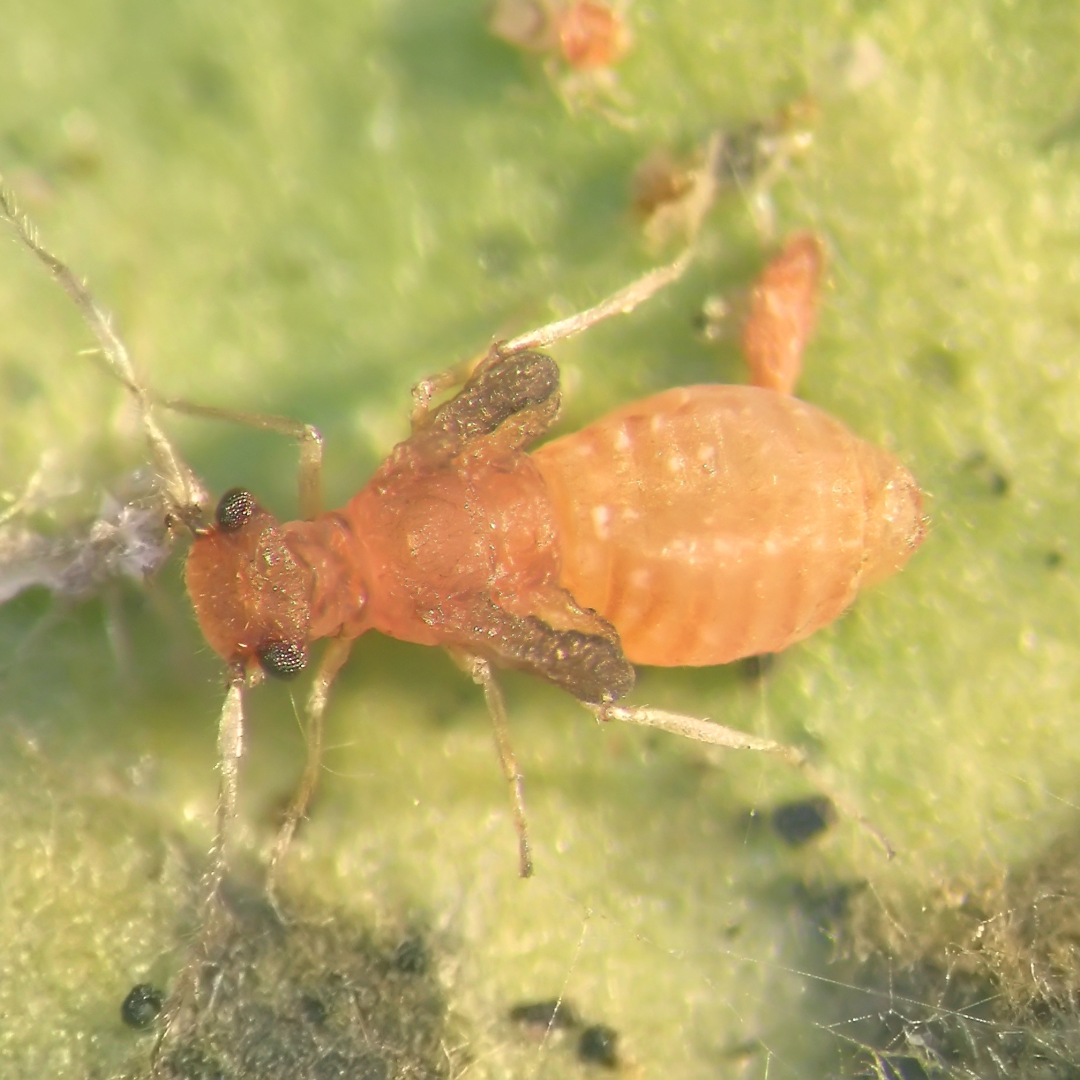
Impact of booklice
Booklice enjoy consuming both plant and animal-based materials, including food, leather, and books. They weaken book bindings by feeding on moulds, making books prone to falling apart. They also inhabit newly built buildings with wet plaster.
Their invasion of food production and storage areas is problematic due to the risk of contamination. Contaminated food must be quickly disposed of. In retail, infested products should be promptly removed to avoid reputation damage.
